- Written By Team DWS
- Festivals
- March 23, 2024
The Mythology and Traditions Behind Holi Festival
Holi, the Festival of Colors, is a lively and festive occasion where people come together to celebrate in India, spreading joy and happiness. The festival is celebrated every year in the spring season, usually in March, to mark the arrival of spring and the victory of good over evil. Holi is a time for people to come together, play with colors, and spread happiness and love among friends and family.
The Mythological Significance of Holi
One of the most popular stories behind the celebration of Holi is the legend of Prahlad and Holika. Prahlad was a young prince and a devout follower of Lord Vishnu, while his aunt Holika was a demoness who could not be harmed by fire. Holika tricked Prahlad into sitting on her lap in a bonfire, but due to his unwavering faith in Lord Vishnu, Prahlad emerged unscathed while Holika was burnt to ashes. This story symbolizes the triumph of good over evil and the protection of the faithful.
Another beloved mythological tale connected to Holi is the endearing romance between Lord Krishna and Radha. According to legends, Krishna, with his blue skin and mischievous nature, used to play pranks on Radha and her friends by throwing colored water and powder on them. This playful act of love and affection has now become an integral part of the Holi celebrations.
The Traditions of Holi
Holi is celebrated in various forms across different regions of India, but there are some common traditions that are observed by people all over the country. One of the most popular traditions of Holi is the playing with colors. People come together to smear each other with colored powder, water balloons, and colored water as a way of celebrating the festival. The colors used during Holi are meant to symbolize the vibrancy and diversity of life.
Another important tradition of Holi is the preparation of special sweets and snacks. People prepare traditional dishes like gujiya, mathri, and thandai to share with their loved ones and neighbors. These delicious treats are a symbol of the festive spirit and togetherness that Holi brings.
Just as Holi is a time for vibrant colors and joyous celebration, it is also an opportunity for individuals to let go of past grievances, forgive one another, and embrace a fresh start full of love and harmony. The tradition of breaking the pot, known as Dahi Handi, symbolizes the breaking of barriers and coming together as a community. It is a fun and exciting activity where a group of people form a human pyramid to reach and break a pot filled with curd, which is hung high above the ground.
The festival of Holi is not just about playing with colors and indulging in sweets, but it is also a time for spiritual reflection and renewal. Many people visit temples, offer prayers, and seek blessings from the gods for prosperity and happiness. It is believed that by participating in the rituals and traditions of Holi, one can cleanse their soul and start afresh.
In conclusion, the mythology and traditions behind the Holi festival are deeply rooted in the cultural and spiritual heritage of India. The stories of Prahlad and Holika and the playful love of Krishna and Radha serve as a reminder of the values of faith, love, and good triumphing over evil. The traditions of playing with colors, preparing sweets, and forgiving past grievances bring people together in a spirit of joy and togetherness. Holi is a celebration of life, happiness, and unity, and it continues to be cherished by people all over the world.
FAQs on Holi Festival
Q: What is Holi Festival?
A: Holi is a Hindu festival that celebrates the arrival of spring. It is also known as the festival of colors, as people celebrate by throwing colored powders and water at each other.
Q: When is Holi Festival celebrated?
A: Holi is celebrated on the full moon day in the month of Phalgun, which usually falls in March.
Q: What are the origins of Holi Festival?
A: Holi is believed to have originated as a celebration of the victory of good over evil, with the story of Holika and Prahlad being the most well-known legend associated with the festival.
Q: How is Holi Festival celebrated?
A: Holi is celebrated with bonfires, singing and dancing, and of course, playing with colors. People come together to smear each other with colored powders and water, and it is a time for forgiveness and renewal of relationships.
Q: Are there any traditional foods associated with Holi Festival?
A: Yes, traditional foods like gujiya, thandai, and puran poli are often prepared and shared during Holi celebrations.
Q: Are there any safety tips to keep in mind during Holi Festival?
A: It is important to use skin-friendly colors and to protect your eyes during Holi celebrations. It is also advisable to stay hydrated and to be mindful of others' boundaries while playing with colors.
Popular on Blogs
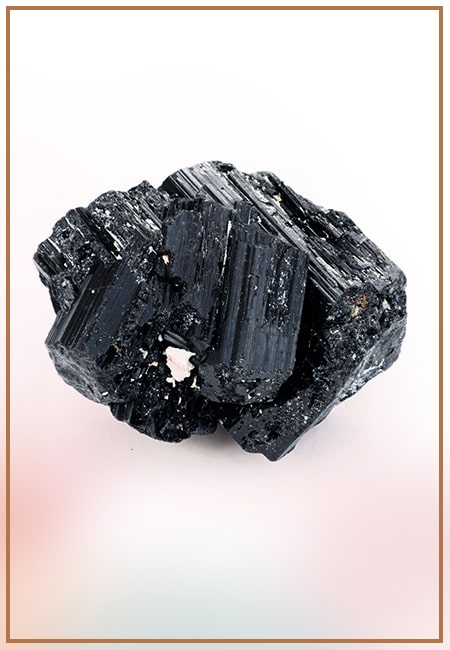
Black Tourmaline: Meaning, Healing Properties, Fascinating Facts, Powerful Attributes, Versatile Uses, and Beyond
September 05, 2023 / BY Team DWS
Black Tourmaline, also known as Schorl, is a highly revered crystal with incredible metaphysical properties. It derives its name from the Dutch word "turamali," meaning "stone with ..
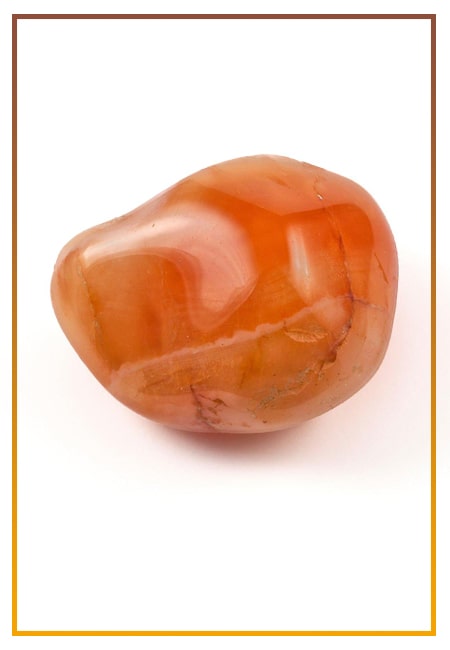
Carnelian Stone: Meaning, Healing Properties, Power, Facts, Color, Uses and More
December 26, 2023 / BY Team DWS
Carnelian is a vibrant and captivating gemstone that holds a plethora of meanings, healing properties, and powers. Its warm and fiery energy makes it a popular choice among crystal ..
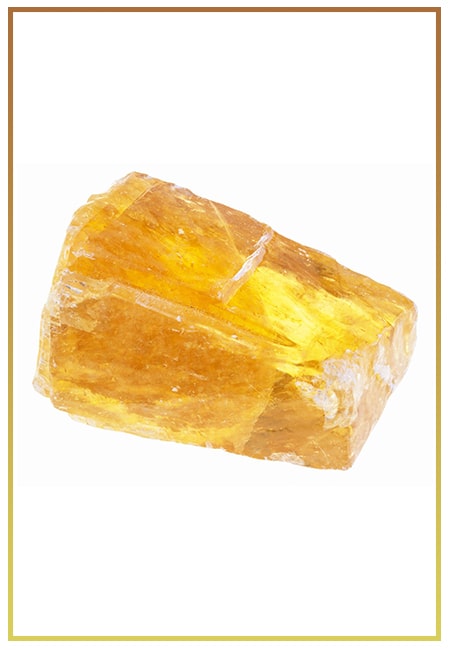
Citrine: Exploring its Meaning, Healing Properties, Fascinating Facts, Powers, Versatile Uses, and Much More
November 18, 2023 / BY Team DWS
Citrine, with its warm golden hues, has captured the attention and imagination of people for centuries. This beautiful gemstone, commonly associated with wealth and prosperity, hol ..

Black Onyx: Unveiling the Meaning, Healing Properties, Fascinating Facts, Powerful Attributes, Versatile Uses, and Beyond
July 25, 2023 / BY Team DWS
Black Onyx, a striking gemstone admired for its deep black hue and elegant appearance, has captivated people for centuries. In this comprehensive guide, we will delve into the mean ..
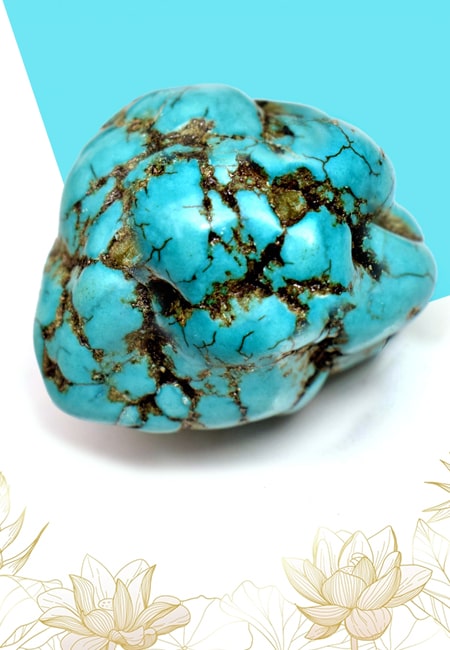
Unveiling the Mysteries of Turquoise Stone: Exploring its Meaning, Healing Properties, Power, Facts, Color, Uses, and More
December 05, 2023 / BY Team DWS
Turquoise, with its captivating blue-green hue, has been adorning jewelry and artifacts for centuries. This striking stone has a rich history, rich symbolism, and a plethora of int ..
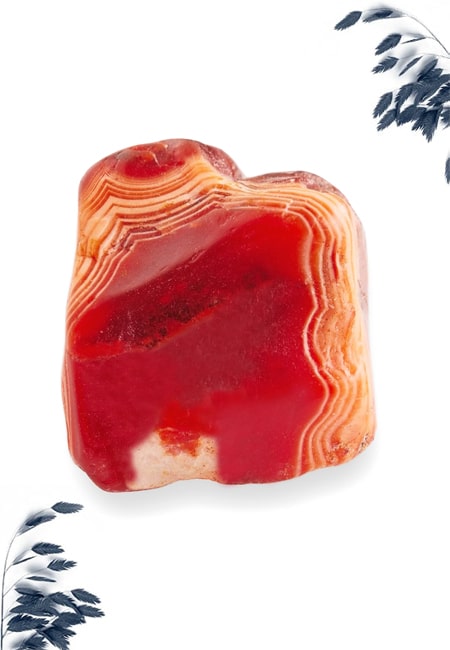
The History Behind The Popularity of Red Agate
December 23, 2022 / BY Team DWS
An Agate is a type of magma rock that takes many years till it is washed out naturally into the water. And that is the reason this stone has elements of water. This beautiful stone ..

Plan a Perfect Valentine's Week with Our Valentine Week List 2025
January 22, 2024 / BY Team DWS
Valentine's Day is undoubtedly the most romantic day of the year, but we believe that one day is just not enough to express your love and make your partner feel special. That's why ..
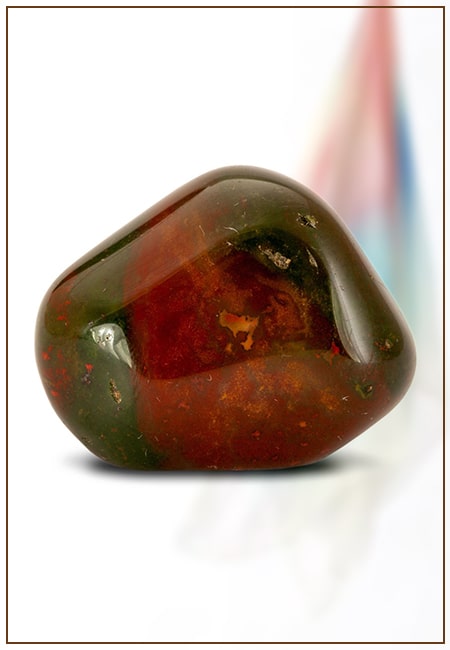
Bloodstone: Unveiling the Meaning, Healing Properties, Facts, Powers, Uses, and More
August 21, 2023 / BY Team DWS
Bloodstone, with its captivating deep green color with specks of red, is a mesmerizing gemstone that has fascinated civilizations for centuries. It possesses unique healing propert ..


